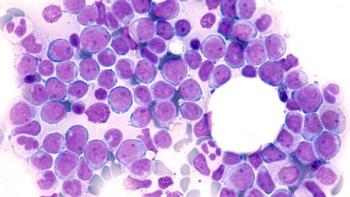
Gene Therapy CMC Guidance Released
The US Food and Drug Administration issued a final guidance last week regarding investigational new drug applications for human gene therapy.
Rockville, MD (Apr. 17)-The US Food and Drug Administration issued a final guidance last week regarding investigational new drug applications for human gene therapy. Although gene therapy is still in the developmental stages, there is much hope for gene-based treatment and products. Because the therapy involves replacing a patient's faulty genetic material with normal genetic material,there is concern about safety in making sure replacement cells continue to function as they should. The guidance, therefore, focuses on the type of information that scientists need to consider and include in their documentation when studying these drugs and submitting them for FDA approval.
Based on a draft guidance that was issued in November 2004 (69 FR 64958), the final document, Content and Review of Chemistry, Manufacturing, and Control (CMC) Information for Human Gene Therapy Investigational New Drug Applications (INDs), provides information on what to include in an original IND. The document also applies to combination products that contain a human gene therapy biological product in combination with a drug or device as part of the final product.
There are some differences in the final guidance. For example, companies must list the reagents they use to manufacture gene-based products for investigational uses (e.g., fetal bovine serum, trypsin, digestion enzymes growth factors, cytokines, and monoclonal antibodies) as they can affect the safety, potency, and purity of the final product, says the guidance. In addition, any excipients used in the therapy-including information about the excipient's source and concentration-must be included in the IND. If the final product is to be frozen for shipping, manufacturers also need to provide data on product stability during transport.
The final guidance provides detail on testing as well, including testing sterility for short-shelf-life products and microbiological testing. The document brings in quality-by-design, noting that testing should be done throughout the manufacturing process, including on the manufacture of cell banks, to ensure the quality and consistency of the product.
The full guidance is available for review and comment
Newsletter
Get the essential updates shaping the future of pharma manufacturing and compliance—subscribe today to Pharmaceutical Technology and never miss a breakthrough.




